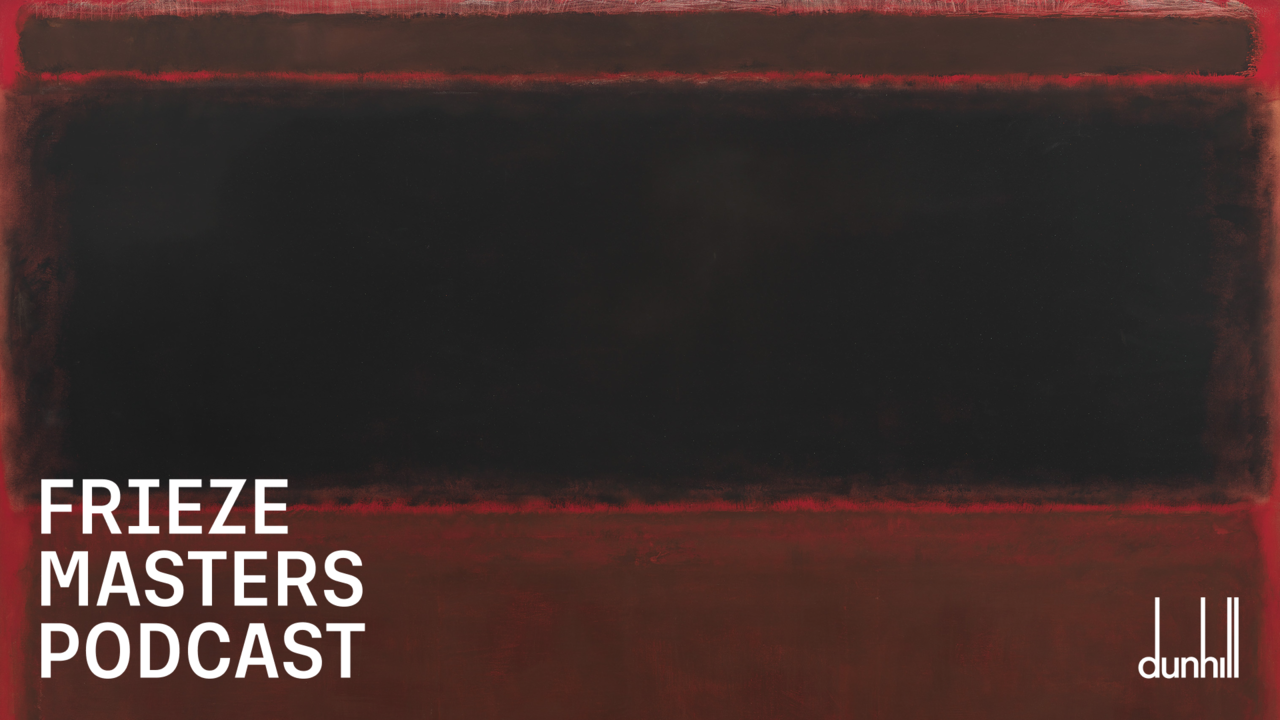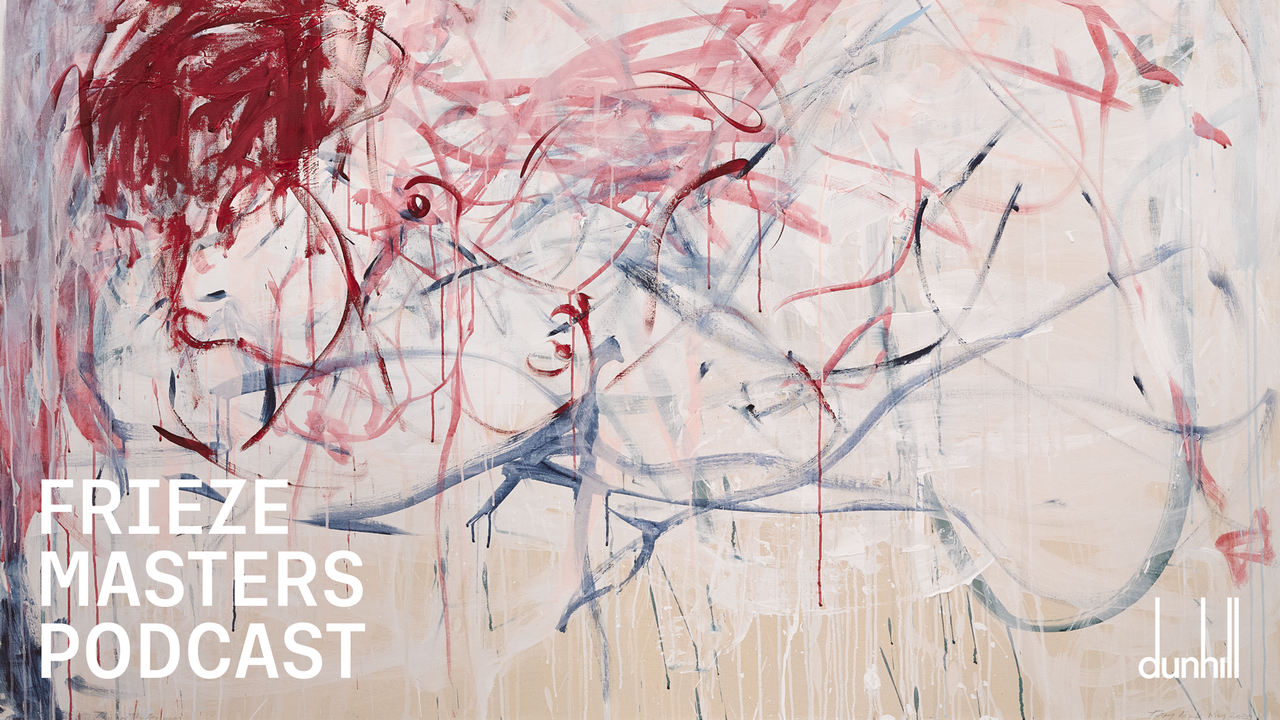Peter Schjeldahl: Pyrotechnics into Performance
The New Yorker art critic sketches out the materials to form a perfect Memorial Day celebration
The New Yorker art critic sketches out the materials to form a perfect Memorial Day celebration

‘Some, who are never wrong, will say my joy in fireworks is regressive. You bet it is, and none too soon after long months of approximating grownupness. With fireworks, I discover old, inchoate excitements probably pertaining to a boy’s dim anticipations of sex.’
–Peter Schjeldahl, from ‘Fireworks’, 1988, The 7 Days Art Columns: 1988–1990

Across the US the 4th of July is – appropriately, patriotically – celebrated with the kinds of fireworks that cost taxpayers many pennies. There are oohs and ahs to be had but the kind you get with, say, choreographed violence in movies: slightly enervating with a vague frisson of something. But spectacular? Not even. And what about that river of fire trick down the Thames for the millennium? Out in front of the Tate where I stood the water maybe fizzled, and the crowd collectively wondered what had happened.
Welcome instead to Bovina, New York, population 600 in the western Catskills named for its former industry—cows (the local baseball team is called the Dairymen) and part-time home to art critic Peter Schjeldahl. Here, once a year, all of the fireworks you’ve ever seen are put to shame. You get the full force of terror, the tremor and aching beauty of explosions, shooting stars and flames. Every year someone ponders just how he can afford to do it; an art collector who once was a producer of big corporate spectacles confided that it had to cost at least 50 grand. Others have said that Schjeldahl simply knows how to get bang for his buck.
This love for fireworks harnesses all of Schjeldahl’s contradictions: nebbish with slouched posture, big glasses, college drop-out, excellent poet, even better art critic and (best of all) serious pyro. It strikes me as ironic that his interview with Cai Guo-Qiang a couple years back bore no mention of Schjeldahl’s own gunpowder obsession. His greatest joy comes from blowing stuff up and making it gorgeous. It’s the sort of beauty that oddly fits with 19th-century Romanticism. (Awe-inspiring rural setting? Check. The shudder of real danger? Absolutely.) Here in this natural amphitheatre on the side of a mountain he’s been blowing shit up beautifully for the past 20-something years. Initially to entertain his daughter and nephew, though you have to guess it was really to exercise his own need to make things go boom.
Another thing I like about Schjeldahl – his democratizing impulse. He writes about art for everyone and shares his love of explosions with one and all. A thousand or more are arrayed in this hollow cleaved from the stream running through his property. There are the famous: Steve Martin and Alan Cumming and Mr and Mrs John Currin. But that is boring compared with the swell of folk who turn up: kids running wild and setting off bottle-rockets (he calls them: ‘the world’s most satisfactory manufactured product’) and EMTs and nurses and farmers and excavators, the great and good (as well as the hangers-on) of the art world and weekenders who turn out to gawp and gape as they’ve heard it’s quite a shindig. This miraculous multitude meets up and rubs arms and elbows, shoulders and asses, blanket to blanket on the back lawn. Like President Andrew Jackson, who once threw open the doors of the White House to the common man, Schjeldahl and his wife Brooke Alderson invite everyone – including the firemen. Especially the firemen – and thank heaven too – because this is the night of the burning bush.
Early on before the actual display you got the inevitable maths of kid + bottle rocket + historic draught = flaming tree. Which was saved by Jim, head of the Oneonta fire department and a crew of volunteers armed with buckets of water. Later, two-thirds of the way through the display, burning lanterns flew into a willow and everyone held their breath. Would it catch fire? Minutes past, three… five… It didn’t and everyone cheered.
Schjeldahl has a neat trick (though trick is perhaps too cheap a word) of using nature as a prop. There’s a back-lit tree with fireworks exploding from its boughs, burning silver and bright like a star and the mountain shimmering, bushes and scrub in silhouette like some giant Kara Walker. It’s a sublime gift that lets you re-see the landscape, and words are spelled out in fireworks, this year ‘2010’. (In 2008 it was ‘Hope’ and ‘Obama’ lit up in trees.)

We start by singing ‘The Star-Spangled Banner’, that compromised anthem always off-key whose tune was taken from an English drinking song. (Better though than the US’s previous one where we set new words to ‘God Save the Queen’.) At the end of the singing, lanterns lift magically, floating away, and Alan Cumming and his friends chant: ‘Peter, Peter, Peter.’
Every Memorial Day Schjeldahl grants a small view into his process like an artist sketching out materials. He tries different fireworks – Roman Candles and Catherine Wheels and Chrysanthemums all with names like ‘Shock and Awe’, ‘Search and Destroy’ or ‘Air Assault’. He waits for the claps, sighs and shouts, the ‘that one, Peter! That’s the one!’ to see which will work. Still there’s no hint of how he translates these from mere pyrotechnics into performance. They go up and off and scatter in flaming glory but a month later they’ve been transformed into something of awe – uplifting, scary and sublime. Perhaps it’s best put into words by Schjeldahl himself: ‘The point is not to congratulate America but to just go ahead and be American in the classic mold: free, somewhat obnoxious, and up for a good time.’
Main image: © Getty Images



















